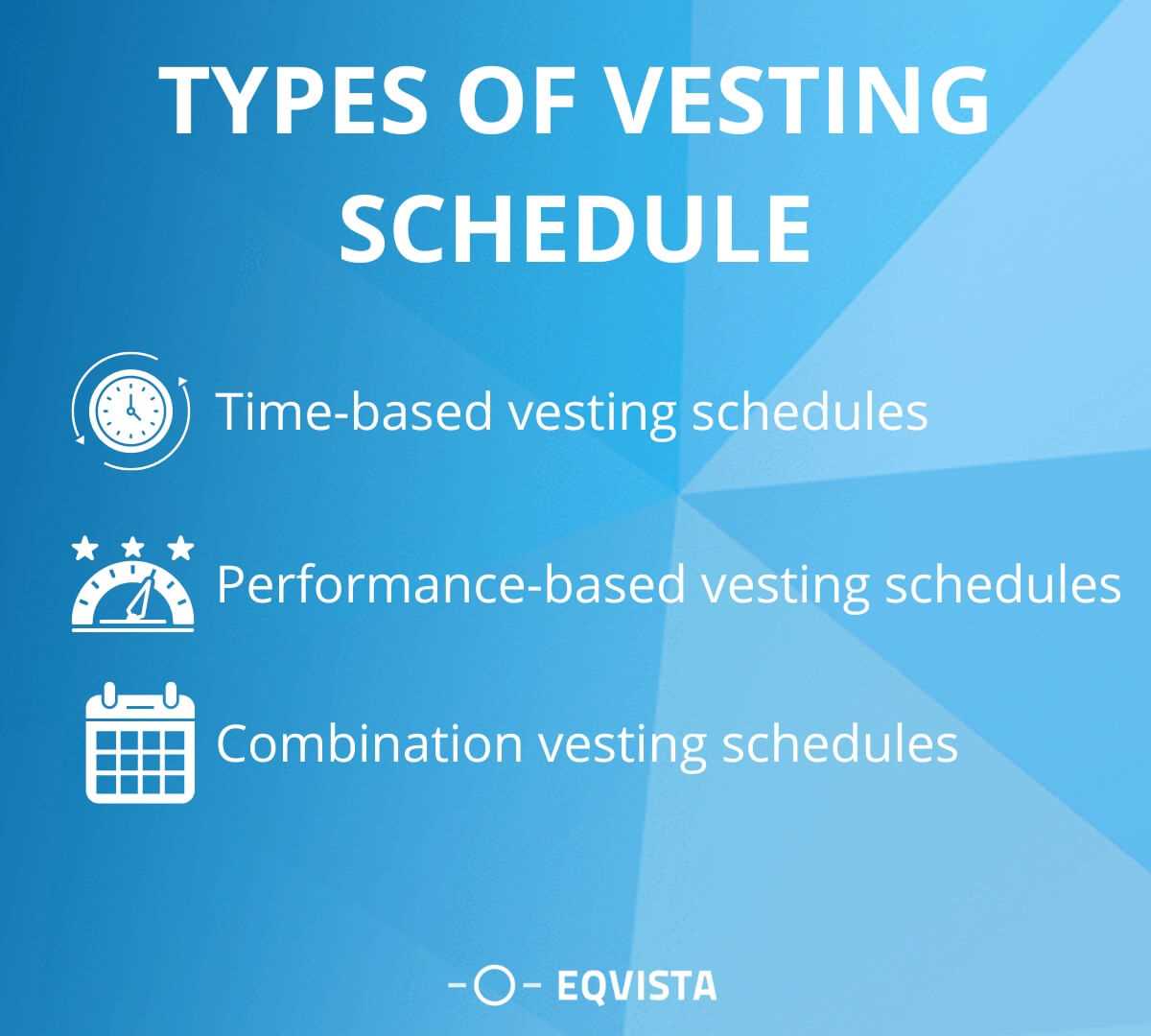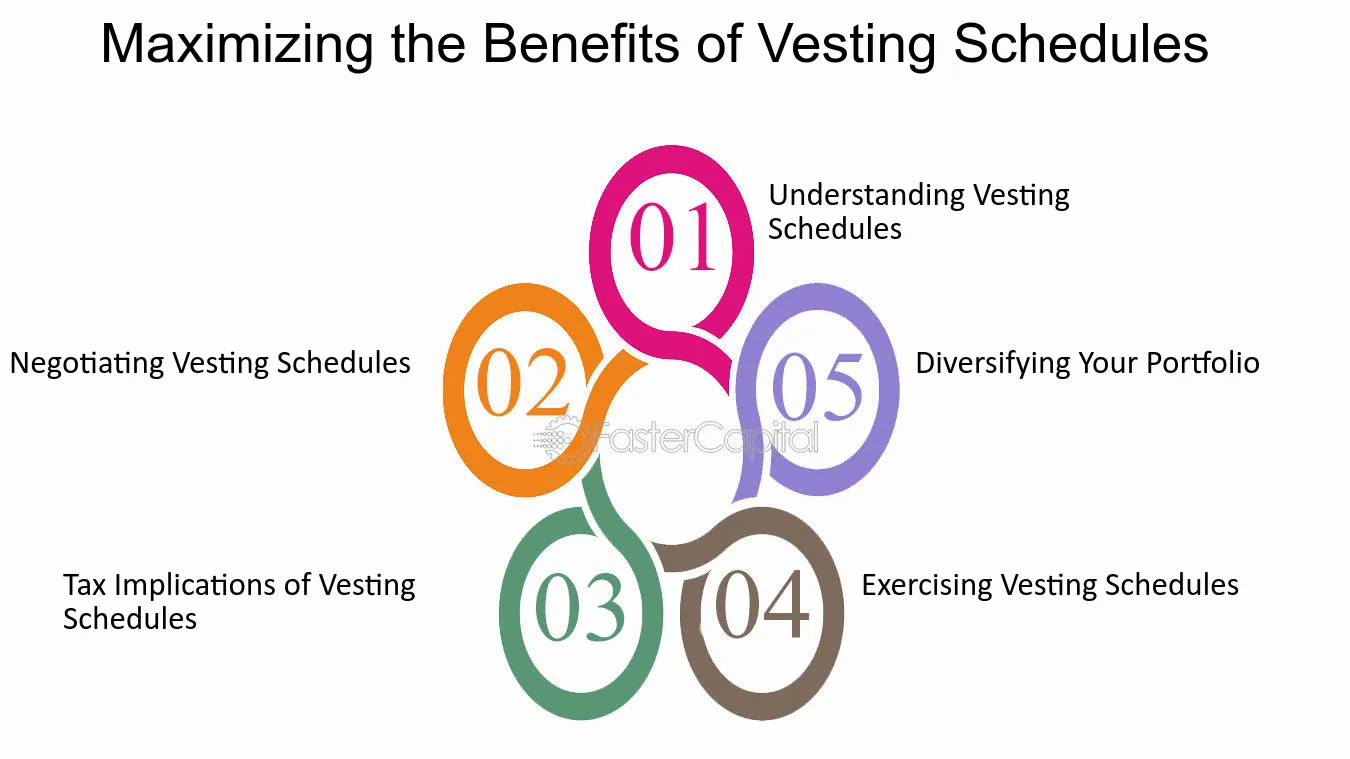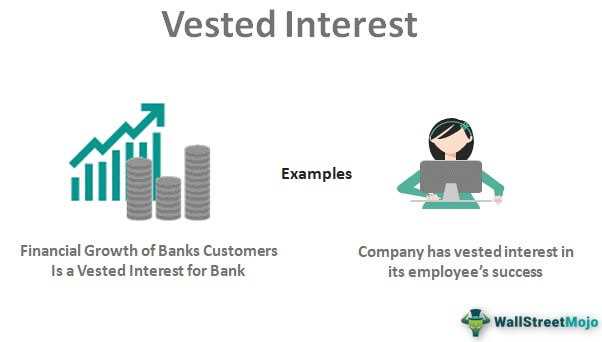What is a Vesting Schedule?
A vesting schedule is a predetermined timeline or set of conditions that determines when an individual has full ownership of an asset or investment. It is commonly used in employee stock option plans, retirement plans, and other forms of compensation.
When an individual is granted an asset or investment, such as stock options or a retirement account, they may not have immediate ownership or control over it. Instead, the asset or investment is subject to a vesting schedule, which outlines the specific conditions that must be met for full ownership to be granted.
These conditions typically include a combination of time-based requirements and performance-based goals. For example, a vesting schedule for stock options may require an employee to work for a certain number of years before they can exercise their options. Additionally, the vesting schedule may include performance goals, such as achieving specific revenue targets or meeting certain milestones.
The purpose of a vesting schedule is to incentivize individuals to remain with a company or organization for a certain period of time and to reward them for their contributions. By tying ownership or control of assets to specific conditions, companies can encourage employee loyalty and performance.
Vesting schedules can vary widely depending on the specific circumstances and agreements between parties. They can range from a few months to several years, and the conditions for vesting can be customized to meet the needs of the company and the individuals involved.
The Benefits of Vesting Schedules

A vesting schedule is a timeline or schedule that determines when an employee or participant in a retirement or investment plan becomes fully entitled to the benefits or assets in that plan. While vesting schedules can vary depending on the specific plan, they generally require a certain period of service or employment before full vesting occurs.
There are several benefits to having a vesting schedule in place:
1. Employee Retention

Vesting schedules can be an effective tool for employee retention. By requiring a certain period of service before full vesting, employers can incentivize employees to stay with the company for a longer period of time. This can help reduce turnover and ensure continuity in the workforce.
2. Motivation and Loyalty
Vesting schedules can also motivate employees to work harder and be more loyal to the company. Knowing that they will receive significant benefits or assets upon reaching full vesting can provide employees with a sense of ownership and commitment to the organization’s success.
3. Long-Term Planning

Vesting schedules encourage long-term planning and financial stability. Employees who are aware of the vesting schedule can plan their financial future accordingly, knowing that they will have access to retirement funds or other benefits after a certain period of time. This can help individuals make informed decisions about their career and financial goals.
4. Protection for Employers
Vesting schedules also provide protection for employers. By requiring a period of service before full vesting, employers can mitigate the risk of employees leaving the company shortly after receiving benefits or assets. This ensures that the company’s investment in the employee is protected and that the employee has demonstrated a commitment to the organization.

Emily Bibb simplifies finance through bestselling books and articles, bridging complex concepts for everyday understanding. Engaging audiences via social media, she shares insights for financial success. Active in seminars and philanthropy, Bibb aims to create a more financially informed society, driven by her passion for empowering others.
